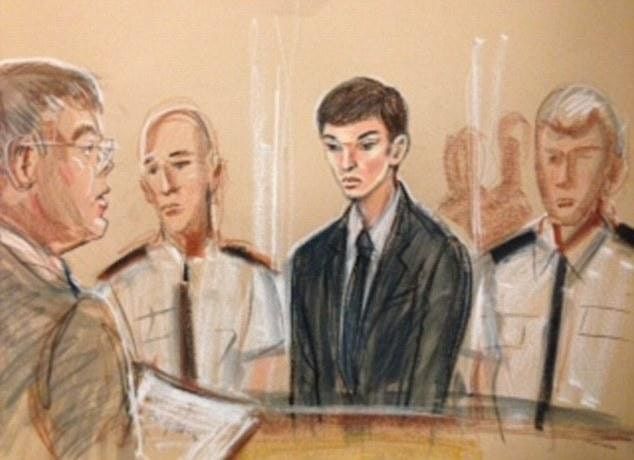
About this Event
*This is a hybrid event, taking place at NW915 (Aston University, Main Building) and on Teams.* Please use this link to join: https://teams.microsoft.com/l/meetup-join/19%3ameeting_YTMyMDZkZjItMzRmZS00ZTUwLTk1NTItMGU0M2E3ODE3OWQ1%40thread.v2/0?context=%7b%22Tid%22%3a%22a085950c-4c25-44d5-945a-b852fa44a221%22%2c%22Oid%22%3a%22366847c9-3804-4e57-bea6-34708958e808%22%7d
Title: A corpus-assisted discourse analysis of public discourse about children as victims and perpetrators of violent crime
Speakers: Dr Annina Heini (AIFL) and Yuze Sha (Lancaster University)
Abstract:
Society’s fascination with crime and punishment has a long history, and today, with more news media and social media channels than ever, news about crimes spreads wide and the public can partake in the discourse online. Violent crimes often prompt intense public reactions, and when children are involved, either as victims or perpetrators, these reactions tend to be amplified. The media across the political spectrum has the potential of shaping public opinion on a range of topics, including crimes involving children. On the one hand, stories about child victims can trigger emotional responses for they tap into the ideological notions of children as innocent, fragile, and in need of protection. Stories about child perpetrators, on the other hand, can challenge these notions. How exactly this discourse takes place in newspapers and on Twitter is explored in this paper. To address the issue, this study examines how a child M**der victim (Sebastian Kalinowski) and a child perpetrator of M**der (William Cornick), both aged 15, are portrayed in news reports and Twitter discussions, aiming to better understand how these representations can shape public attitudes towards the two juvenile social actors, as well as crime involving children more broadly. We also discuss how this discourse has the potential to inform policy and legal practice in this area.
The findings of the study reveal that the portrayal of the two children was clearly delineated in both news reports and public discussions: The news reports often created different mental distances from readers to the two actors, with reporters more likely to refer to the victim informally (e.g. by using his first name), and the perpetrator formally (e.g. by using his surname). Furthermore, Kalinowski was portrayed as being emotionally vulnerable and physically weak, with descriptions emphasising his sensitive personality and the brutal violence he suffered. Conversely, while Cornick is described as being ‘quiet’ and ‘delightful’ prior to the crime, when discussing the crime itself he is depicted as having adult-like physical attributes. Twitter discussions revealed that the public predominantly displays emotional expressions with sympathetic and protective attitudes towards Sebastian Kalinowski. Twitter users further express hostility towards the adult perpetrators in Kalinowski’s case; however, an even higher level of disdain is found in users’ comments towards Cornick, the child perpetrator. He is frequently characterised as a malevolent individual deserving of harsh punishment, with the principles of retaliation discussed frequently, and the Twitter comments frequently contain sexualised profanity.
Event Venue & Nearby Stays
Aston University, Aston Street, Birmingham, United Kingdom
GBP 0.00
